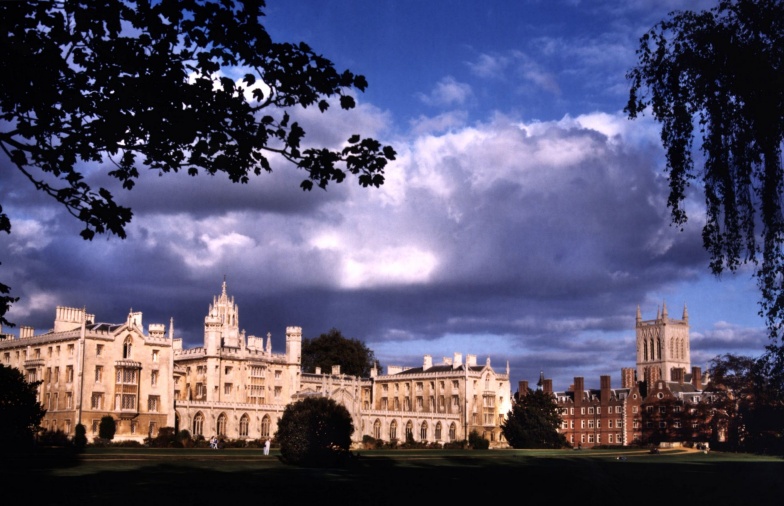|
1959 In Archaeology
The year 1959 in archaeology involved some significant events. Explorations Excavations * At Mesa Verde National Park, the Wetherill Mesa Archeological Project begins for excavation of three cliff dwellings (Long House, Mug House, and Step House), including a survey of Wetherill Mesa and excavation of selected mesa-top sites (completed in 1972). * Excavations begin at Amri (completed in 1962). * Excavations at Nonsuch Palace, Surrey, England, by Martin Biddle begin (completed in 1960). * Excavations at Caernarfon Mithraeum by National Museum Wales. * Rescue excavation of Roman villa at Cox Green, Berkshire, England. * Excavations at Finglesham Anglo-Saxon cemetery begin under the direction of Sonia Chadwick Hawkes (completed in 1967). Publications * Alan H. Gardiner - ''The Royal Canon of Turin''. Finds * July 17 - Mary Leakey and Louis Leakey find Paranthropus (originally designated "Zinjanthropus") in Olduvai Gorge. * Arlington Springs Man is found by Phil C. Orr ... [...More Info...] [...Related Items...] OR: [Wikipedia] [Google] [Baidu] |
Archaeology
Archaeology or archeology is the scientific study of human activity through the recovery and analysis of material culture. The archaeological record consists of artifacts, architecture, biofacts or ecofacts, sites, and cultural landscapes. Archaeology can be considered both a social science and a branch of the humanities. It is usually considered an independent academic discipline, but may also be classified as part of anthropology (in North America – the four-field approach), history or geography. Archaeologists study human prehistory and history, from the development of the first stone tools at Lomekwi in East Africa 3.3 million years ago up until recent decades. Archaeology is distinct from palaeontology, which is the study of fossil remains. Archaeology is particularly important for learning about prehistoric societies, for which, by definition, there are no written records. Prehistory includes over 99% of the human past, from the Paleolithic until the adven ... [...More Info...] [...Related Items...] OR: [Wikipedia] [Google] [Baidu] |
Louis Leakey
Louis Seymour Bazett Leakey (7 August 1903 – 1 October 1972) was a Kenyan-British palaeoanthropologist and archaeologist whose work was important in demonstrating that humans evolved in Africa, particularly through discoveries made at Olduvai Gorge with his wife, fellow palaeoanthropologist Mary Leakey. Having established a programme of palaeoanthropological inquiry in eastern Africa, he also motivated many future generations to continue this scholarly work. Several members of the Leakey family became prominent scholars themselves. Another of Leakey's legacies stems from his role in fostering field research of primates in their natural habitats, which he saw as key to understanding human evolution. He personally focused on three female researchers, Jane Goodall, Dian Fossey, and Birutė Galdikas, calling them The Trimates. Each went on to become an important scholar in the field of primatology. Leakey also encouraged and supported many other PhD candidates, most notably from ... [...More Info...] [...Related Items...] OR: [Wikipedia] [Google] [Baidu] |
Rome
, established_title = Founded , established_date = 753 BC , founder = King Romulus (legendary) , image_map = Map of comune of Rome (metropolitan city of Capital Rome, region Lazio, Italy).svg , map_caption = The territory of the ''comune'' (''Roma Capitale'', in red) inside the Metropolitan City of Rome (''Città Metropolitana di Roma'', in yellow). The white spot in the centre is Vatican City. , pushpin_map = Italy#Europe , pushpin_map_caption = Location within Italy##Location within Europe , pushpin_relief = yes , coordinates = , coor_pinpoint = , subdivision_type = Country , subdivision_name = Italy , subdivision_type2 = Region , subdivision_name2 = Lazio , subdivision_type3 = Metropolitan city , subdivision_name3 = Rome Capital , government_footnotes= , government_type = Strong Mayor–Council , leader_title2 = Legislature , leader_name2 = Capitoline Assemb ... [...More Info...] [...Related Items...] OR: [Wikipedia] [Google] [Baidu] |
International Centre For The Study Of The Preservation And Restoration Of Cultural Property
The International Centre for the Study of the Preservation and Restoration of Cultural Property (ICCROM) is an intergovernmental organization dedicated to the preservation of cultural heritage worldwide through training, information, research, cooperation and advocacy programmes. It aims to enhance the field of conservation-restoration and raise awareness to the importance and fragility of cultural heritage. The creation of the Centre took place as a result of a proposal at the UNESCO General Conference held in New Delhi, in 1956. Three years later, the Centre was established in Rome, Italy, where its headquarters remain to this day. ICCROM Member States currently number 137. Mission ICCROM's mission is defined by a set of statutes that were drafted shortly before its establishment (and revised on 25 November 2009). Activities ICCROM's mission is fulfilled through five areas of activity: training, information, research, cooperation and advocacy. Training ICCROM contributes t ... [...More Info...] [...Related Items...] OR: [Wikipedia] [Google] [Baidu] |
.jpg)
